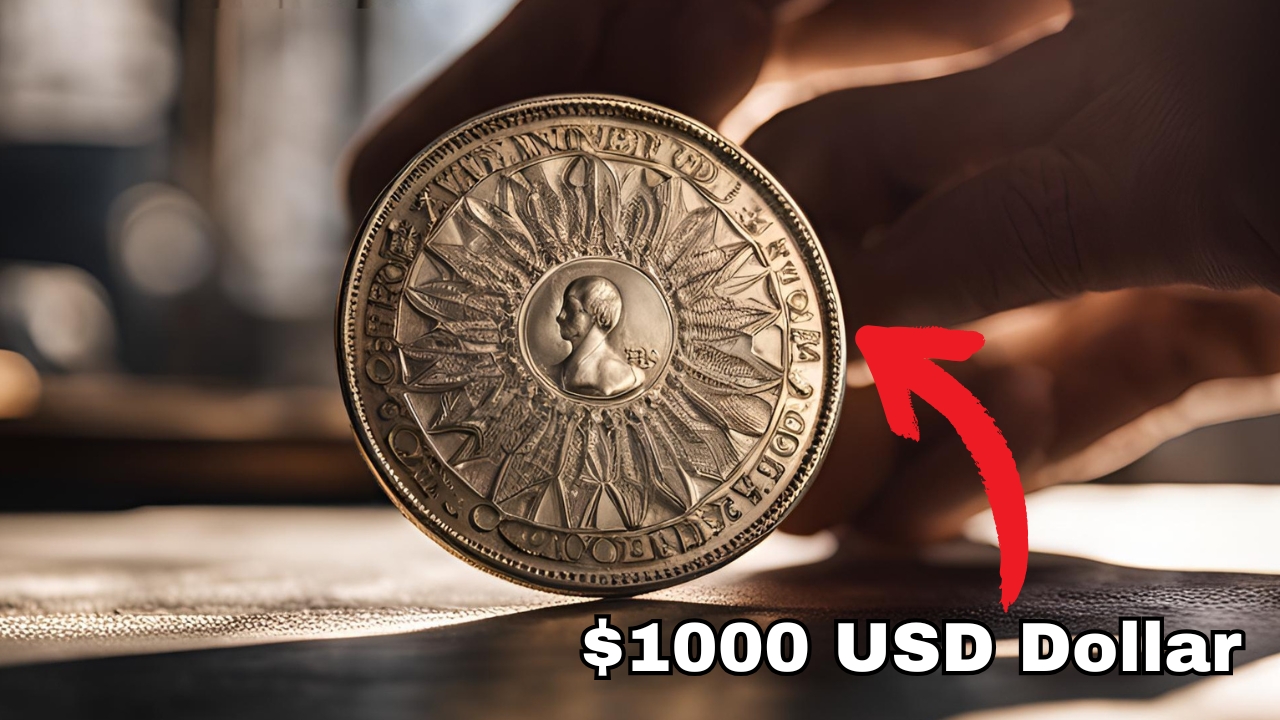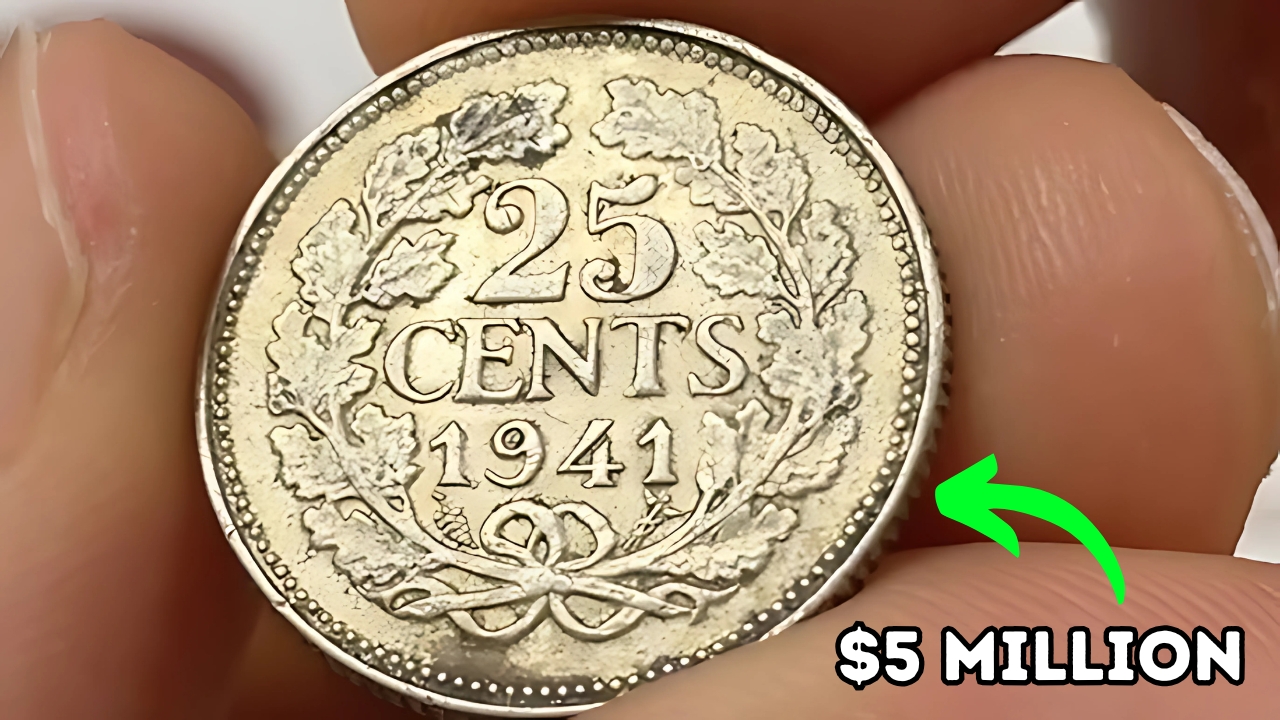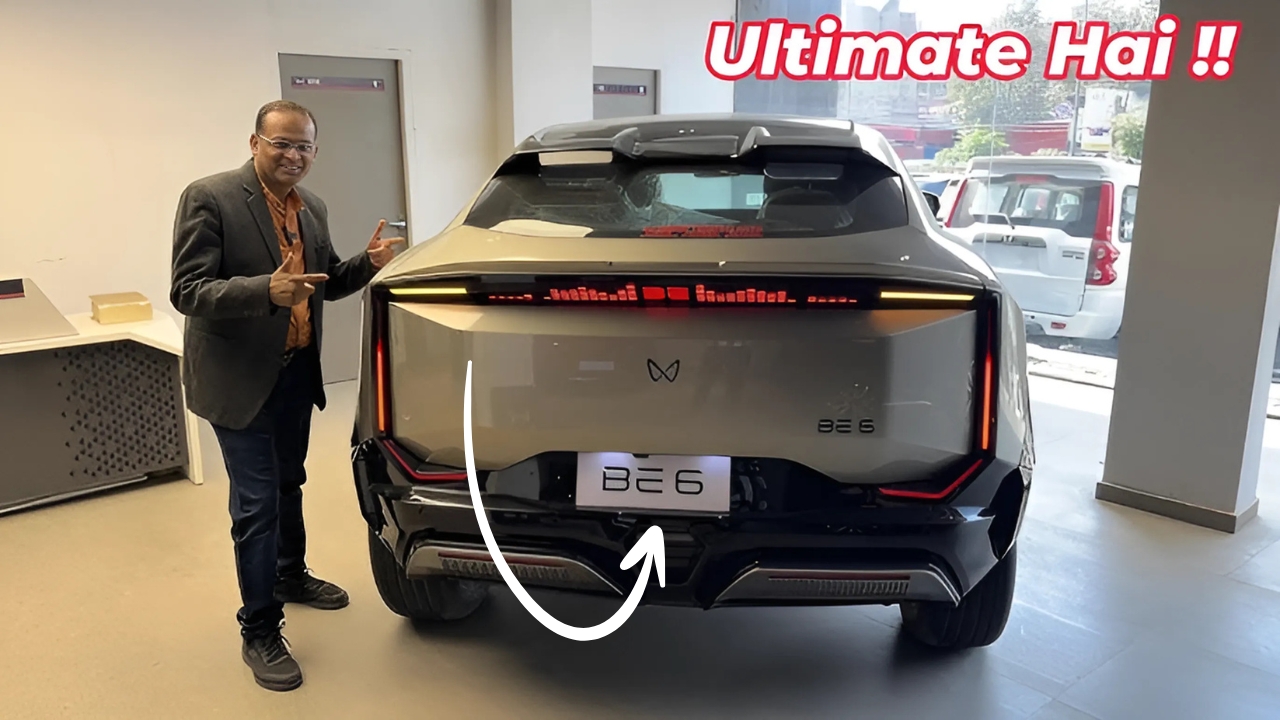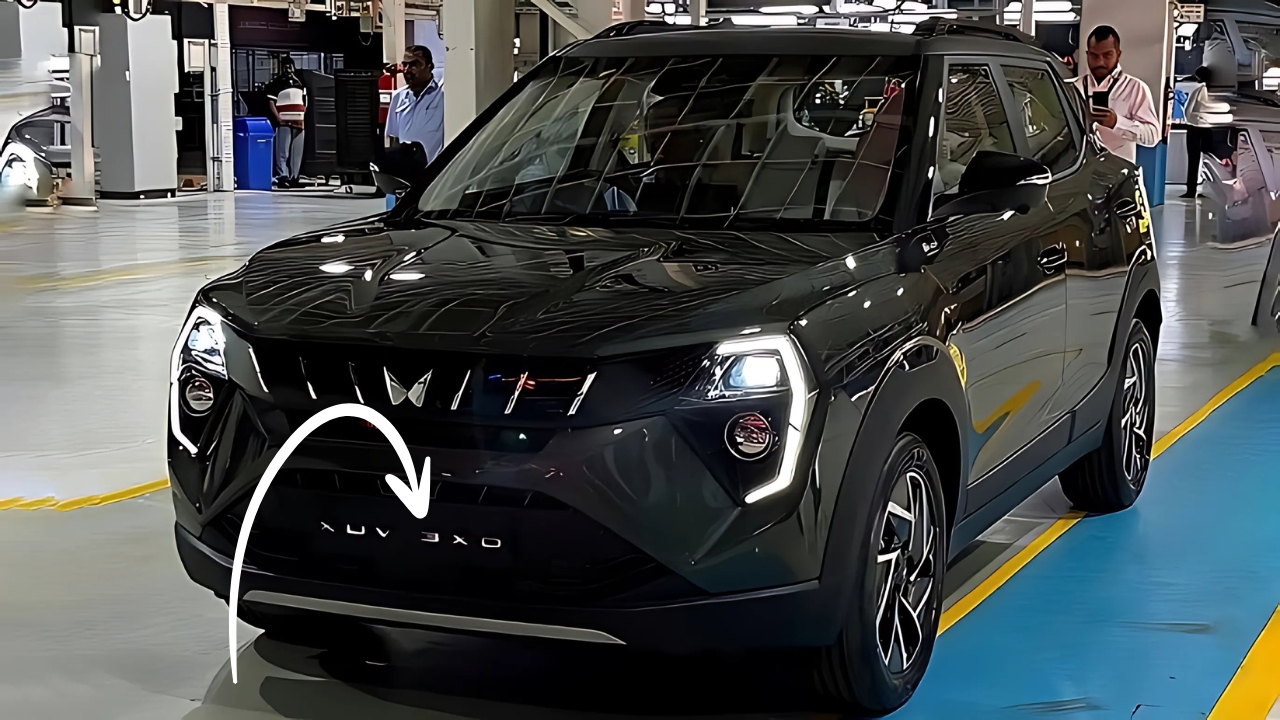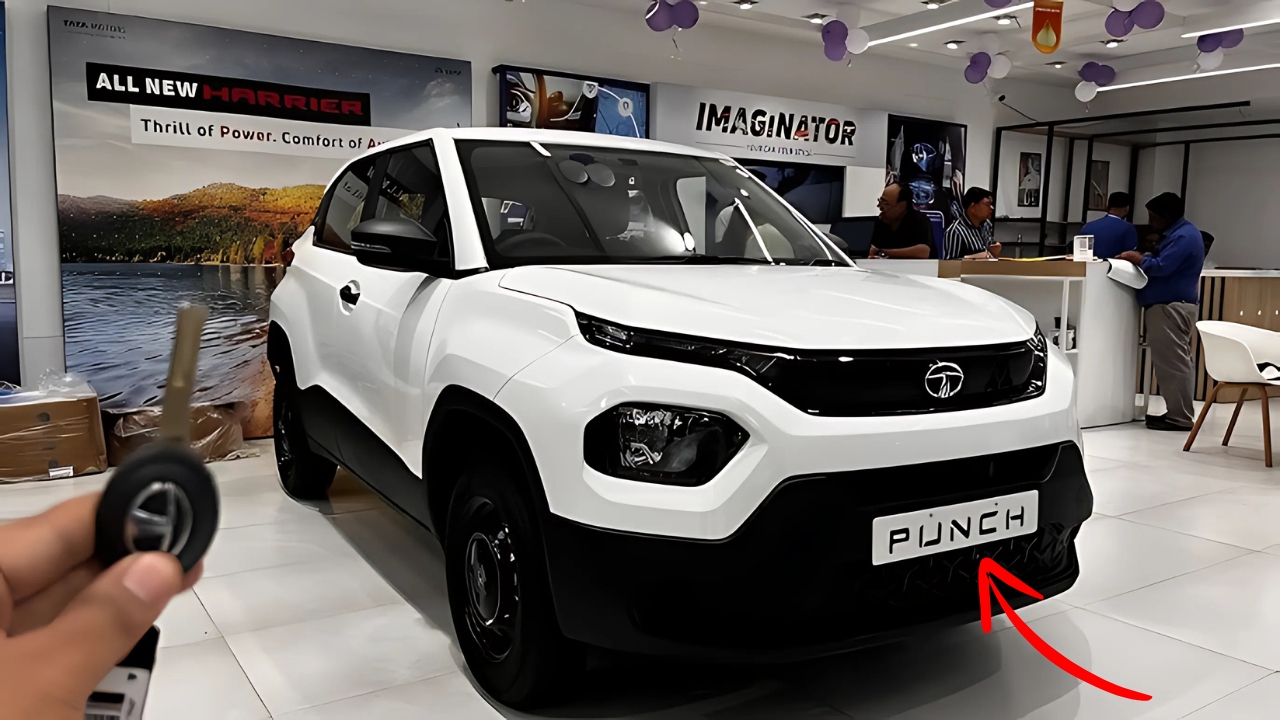1980 Rare Coins: Within the fascinating realm of numismatics, the year 1980 may not seem like an obvious choice for a treasure trove of rare coins.
Contrary to what you might expect, this year isn’t ancient like some of the more sought-after eras in coin collecting. Yet, for dedicated collectors or those fortunate enough to stumble upon old change jars, 1980 hides some remarkable gems.
In this exploration, we’ll uncover the rare coins from 1980 that have catapulted to impressive values of $1000 USD and beyond. So, fellow coin enthusiasts, prepare yourselves—you might just find you have a small fortune tucked away!
Before we dive into the specific coins, understanding the broader context of coin production in 1980 is vital.
The United States Mint was at its peak, crafting coins across its Philadelphia, Denver, and San Francisco facilities.
The economy was experiencing significant changes, with high inflation rates that impacted both coin production and preservation strategies.
During this year, several well-established coin series continued production, including:
-
Lincoln Memorial Cent
-
Jefferson Nickel
-
Roosevelt Dime
-
Washington Quarter
-
Kennedy Half Dollar
-
Susan B. Anthony Dollar
While the majority of coins minted in this year are quite standard, certain unique characteristics like minting errors, limited production runs, and outstanding preservation have elevated a select few to the coveted $1000 mark.
The $1000 Club: 1980’s Numismatic Elite
1. 1980 Double Struck Jefferson Nickel
A standout in the roster of 1980’s rare coins is the Double Struck Jefferson Nickel. This unique error occurs when a coin gets struck twice, resulting in a ghost-like double image.
While many instances of double strikes are subtle, the ones that fetch $1000 or more typically exhibit a noticeable offset between the strikes.
A particularly precious specimen auctioned in 2023 for $1,150 showcased a remarkable 50% off-center second strike, offering collectors a strikingly unconventional appearance.
2. 1980-S Proof Susan B. Anthony Dollar – No S Mint Mark
The Susan B. Anthony Dollar was still a relatively new introduction to the market in 1980, having been minted just the year prior.
Although most 1980 SBA dollars are hardly worth more than their face value, a rare minting blunder has sent a few soaring into the four-figure territory.
A small batch of 1980 Proof Susan B. Anthony Dollars was struck at the San Francisco Mint without the critical “S” mint mark, creating instant rarity. In 2024, one such coin graded PR-69 sold for an impressive $1,275 at a specialized auction.
3. 1980 Lincoln Cent on Dime Planchet
Minting anomalies often produce some of the most sought-after modern coins, and this particular planchet error is no exception.
In a fascinating twist, a few 1980 Lincoln Cents were mistakenly struck on planchets meant for dimes, resulting in a diminutive, shiny penny that looks distinctively unusual.
Notably, one of these curiosities was graded MS-65 by PCGS and fetched $1,050 in a 2025 online auction, with its unique error and stellar condition contributing to its sizeable value.
4. 1980-D Quarter Dollar – Struck 50% Off-Center
Off-center strikes happen when the coin blank is not aligned properly between the dies during the minting process.
While minor off-center examples are relatively common, severe cases are rare and highly coveted among error coin collectors.
A 1980-D Washington Quarter struck approximately 50% off-center sold for $1,100 in early 2025.
This unusual error resulted in only half of Washington’s profile being visible, with a vast blank expanse where the rest of the design would typically appear.
5. 1980 Kennedy Half Dollar – Struck on Foreign Planchet
In an intriguing international oversight, several 1980 Kennedy Half Dollars were struck on planchets intended for Philippine currency.
This error likely stemmed from leftover foreign planchets in the minting press.
A remarkable specimen, struck on a planchet meant for a Philippine 5 Piso coin, sold for $1,225 in late 2024.
The unique composition and different size of the planchet led to a Kennedy Half Dollar unlike any other, propelling its worth into four-figure territory.
Factors Contributing to High Value
A variety of essential factors help these 1980 coins reach the $1000 benchmark:
-
Rarity: Each coin represents a minuscule fraction of all 1980 minted products.
-
Error Significance: The more visible and dramatic the error, the higher the coin’s value.
-
Condition: Uncirculated, pristine coins are typically worth the most.
-
Authentication: Getting certification from respected grading organizations like PCGS or NGC provides extra credibility and value.
-
Collector Demand: There’s a growing interest in modern rarities, boosting prices for exceptional specimens.
The Hunt for 1980 Rarities
If you’re motivated to search for these valuable 1980 coins, consider the following tips:
-
Check Your Change: Many of these rarities may have been taken from circulation years ago, but it’s always worth a look.
-
Examine Proof Sets: The elusive 1980-S Proof No S Dollar could be hiding within an old proof set.
-
Attend Coin Shows: Dealers often showcase a variety of error coins, which could include 1980 treasures.
-
Join Numismatic Forums: Online communities can be valuable resources for pinpointing potential rarities.
-
Invest in a Good Magnifying Glass: Many valuable errors only reveal themselves under close inspection.
The Broader Context: 1980 in Numismatic History
While we’ve centered our focus on coins that have eclipsed the $1000 mark, it’s important to note that 1980 produced additional intriguing numismatic items:
-
The Susan B. Anthony Dollar was in its second year of production, still struggling for its place in the public’s heart.
-
Gold and silver prices experienced extreme volatility, impacting the bullion coin market.
-
The U.S. Mint was preparing for significant changes, including the launch of commemorative coin programs.
These factors add layers of historical interest to 1980 coinage, even for pieces that don’t hit the $1000 mark.
Preservation and Care
If you think you’ve discovered a rare 1980 coin, proper preservation becomes key:
-
Handle coins by the edges, avoiding contact with the faces to prevent wear.
-
Store them in non-PVC holders or albums designed for long-term coin preservation.
-
Refrain from cleaning coins, as improper cleaning can diminish their value significantly.
-
Consider professional grading for coins that show potential value.
-
Keep coins in a cool, dry space to avert environmental damage.
The Future of 1980 Coin Values
As we peer into the future, a variety of dynamics could shape the values of these 1980 rarities:
-
Increasing Scarcity: As more collectors become aware, fewer of these coins may remain accessible in the market.
-
Generational Interest: As new collectors enter the field, appreciation for “modern” rarities from the 1980s may grow.
-
Economic Factors: Changes in precious metal prices and overall economic situations can influence coin values.
-
New Discoveries: The chance always exists that new, previously unnoticed 1980 rarities could emerge.
Conclusion: The Enduring Allure of 1980 Coins
The realm of rare coins holds many unexpected finds, and the 1980 coins that have crossed the $1000 threshold exemplify this perfectly.
These coins embody a unique blend of rarity, error, and condition that lifts them well above their face value.
They serve as a potent reminder that treasures in numismatics can be surprisingly contemporary, often hidden in plain sight among relatively recent mintages.
For collectors, uncovering these 1980 rarities signifies the thrill of the hunt. For historians, they illuminate the minting practices and quality control measures of the time.
And for those fortunate enough to find one in their pocket change or old collections, such discoveries can mean unexpected windfalls.
As we’ve seen, the journey to a $1000 valuation for a 1980 coin hinges upon its distinctiveness. Whether through a striking minting error, an absent mintmark, or an incorrect planchet, these coins shine brightly among the billions produced that year.
Ultimately, they remind us that in numismatics, just like in life, it’s often the peculiarities that hold the most worth.
Next time you sort through a jar of old coins or receive change at a store, take a moment to inspect closely.
You might just be cradling a four-figure rarity from 1980 in your hand. Happy hunting, fellow coin enthusiasts!
